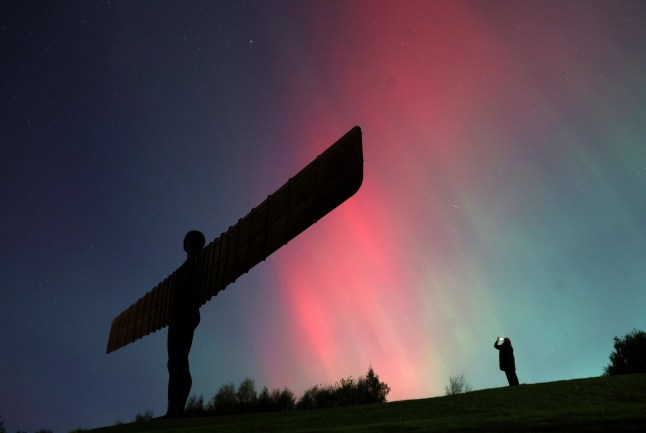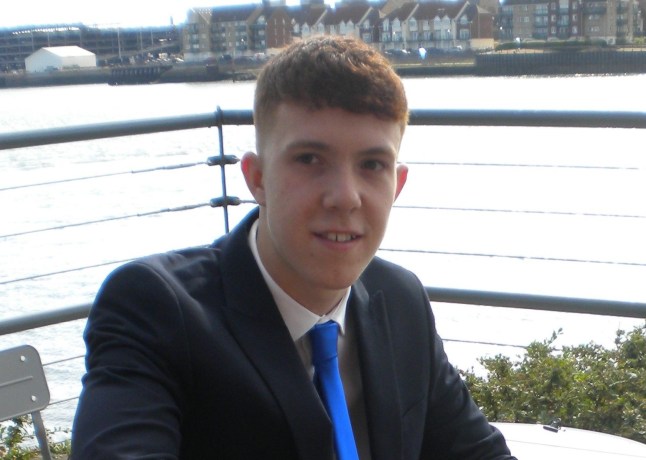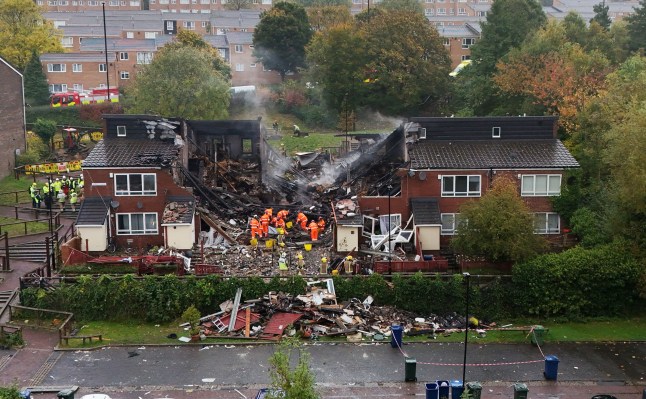
The Northern Lights covered parts of the UK last night, leaving Brits reaching for their cameras.
Images show the aurora borealis geomagnetic storm lighting up the night sky, with conditions confirmed to be ‘optimum’ in most regions.
People in the Isle of Sky and Cumbria reported catching a glimpse of the phenomenon.
What is the aurora borealis?
A geomagnetic storm is caused by energy, blasted from the Sun to Earth in solar winds.
Sometimes this energy breaks into the earth’s atmosphere and makes gases glow to form what we know as the aurora borealis, or Northern Lights.
You are able to see them if the conditions are right.

The Met Office says: ‘The Northern Lights occur as a consequence of solar activity and result from collisions of charged particles in the solar wind colliding with molecules in the Earth’s upper atmosphere.
‘Solar winds are charged particles that stream away from the Sun at speeds of around one million miles per hour.
‘When the magnetic polarity of the solar wind is opposite to the Earth’s magnetic field, the two magnetic fields combine allowing these energetic particles to flow into the Earth’s magnetic north and south poles.’
Where are they most visible?
The visibility of the Northern Lights changes, but a clue is in the word ‘Northern’.
Predominantly the northern lights are best witnessed in Scotland, North England, North Wales and Northern Ireland.
But under severe space weather conditions, the lights can be seen throughout the UK.
People in the Isle of Sky and Cumbria reported catching a glimpse of the phenomenon last night.
But most of those living in the south of the country were unable to catch a glimpse last night.
Even when you visit the best viewing spot on Earth, things don’t always go to plan
Interest in the Northern Lights has surged over the past 12 months amid a once-in-a-decade display.
A solar maximum, which we’re at the peak of, meant we’ve seen lightshows so frequent and impressive that some have described it as magic.
These cycles take roughly 11 years, which means the best chance of seeing aurora is in these next 12 months.
After that, you’ll be waiting until 2036, or you’ll have to travel far to the north like Metro’s Alice Murphy, who chased the Lights around the Arctic Circle in February, and you can read all about that experience here.
When will they be visible again tonight?
The lights may well be visible again tonight, but it is unlikely to be as strong.
The Met Office said: ‘A coronal mass ejection (CME) arrived at Earth in the late afternoon on April 15th.
‘Its associated effects may continue into Wednesday night and may bring aurora to far northern parts of the UK and similar geomagnetic latitudes.
‘The auroral oval will ease to background levels thereafter.’
Get in touch with our news team by emailing us at webnews@metro.co.uk.
For more stories like this, check our news page.


